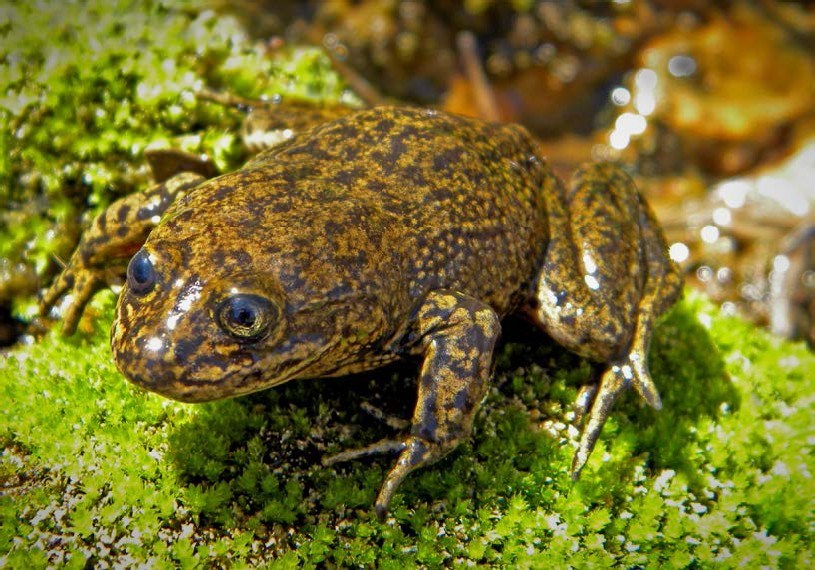
A Loa water frog.
Photo courtesy Claudio Soto.
Nearly 200 Loa water frog (Telmatobius dankoi) tadpoles hatched recently at the National Zoo of Chile, a little more than a year after a team of conservationists in this South American country swiftly evacuated the last-known 14 frogs from perilously dry habitat and brought them to the zoo.
“The zoo’s specialists not only nursed the animals back to health after they were discovered malnourished and near-death in the wild last year, but they have now succeeded in breeding a new generation of a species that has very nearly vanished,” says Lina Valencia, Global Wildlife Conservation’s Andes conservation officer. “While the zoo rears these tadpoles and breeds additional pairs, it is important that the government continues the great work it started in rescuing the animals, by restoring and protecting the frogs’ habitat so that they can ultimately be returned to their home in the wild.”